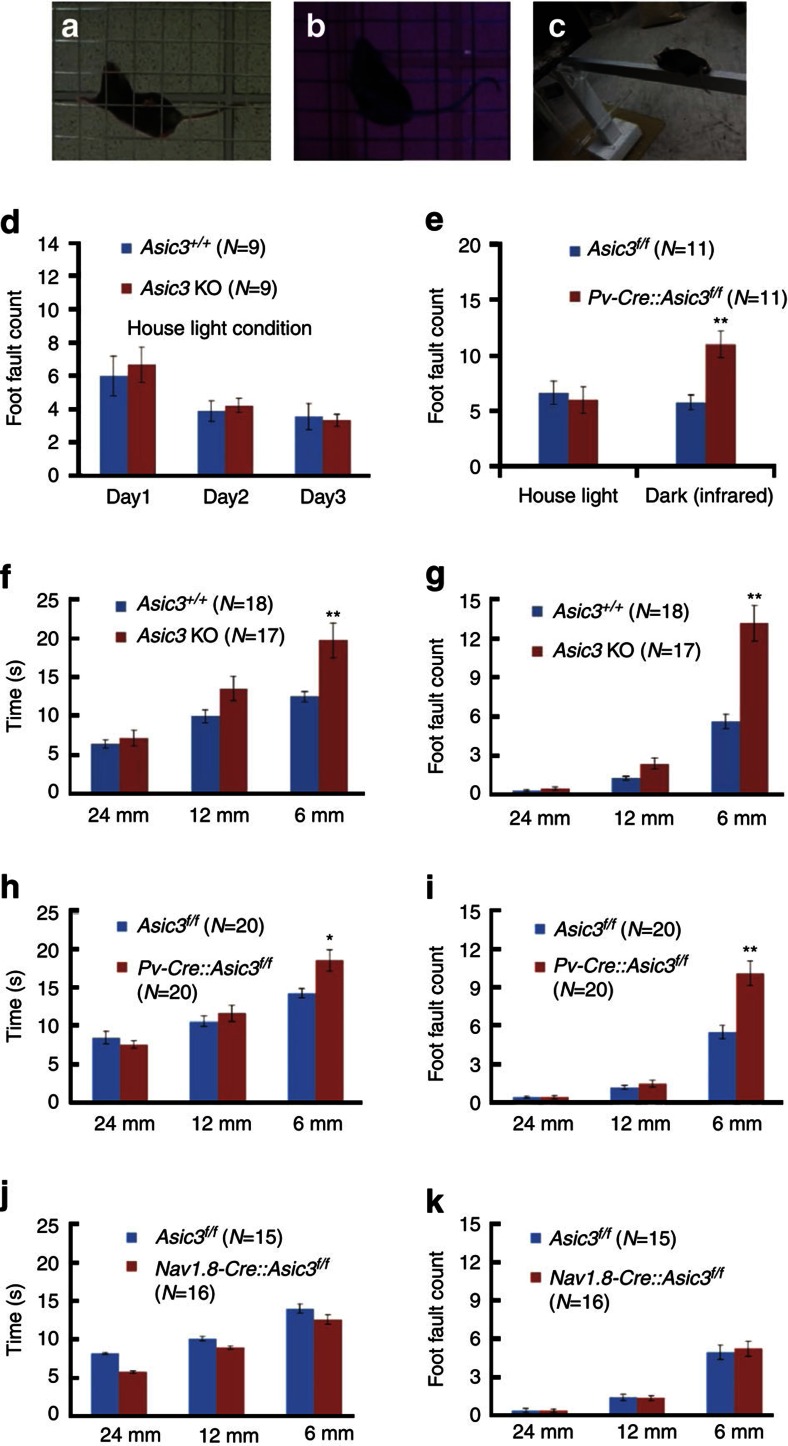Figure 7. Mice lacking Asic3 had behavioural deficits in proprioception.
(a) Grid-walking task in normal light. (b) Grid-walking task in the dark, imaged with an infrared-aided camera. (c) Balance beam walking task. (d) Foot fault errors during 5 min walking on the grid were counted. Asic3−/− mice showed no difference from Asic3+/+ mice in foot fault counts or learning during three consecutive days of training. Two-way ANOVA with repeated measures: 3 days of training, F (2,32)=5.941, P<0.01), genotype (F (1,32)=0.169, P=0.686), interaction (F (2,32)=0.129, P=0.879), (e) Grid walking task foot faults in normal light or in the dark (imaged with an infrared-aided camera). Pv-Cre::Asic3f/f mice made more errors in the dark (two-way ANOVA, genotype × darkness interaction (F(1,34)=4.527, P<0.05)). (f,g) Asic3−/− mice took longer and also had an elevated error rate in the narrowest beam-walking task under normal lighting. Time: two-way ANOVA with repeated measures for genotype (F(1,66)=7.455, P<0.05), beam width (F(2,66)=43.89, P<0.01) and interaction (F(2,66)=5.265, P<0.01), post hoc Holm-Sidak comparison: genotype difference in 6-mm-width trial (t=3.962, P<0.01); Foot fault: two-way ANOVA with repeated measures for genotype (F(1,66)=23.294, P<0.01), beam width (F(2,66)=140.651, P<0.01) and interaction (F(2,66)=24.312, P<0.01), post hoc Holm-Sidak comparison: genotype difference only in the 6-mm-width trial (t=8.366, P<0.01). (h,i) A similar deficit occurred in Pv-Cre::Asic3f/f mice. For the beam traverse time, two-way ANOVA with repeated measures indicated a significant difference with respect to beam width (F(2,76)=66.813, P<0.01), interaction (F(2,76)=6.512, P<0.01) but not genotype (F(1,76)=2.2194, P=0.145). Overall, a post hoc Holm-Sidak comparison indicated significant genotype difference in the 6-mm width trial (t=3.31, P<0.01). For the foot fault count, two-way ANOVA with repeated measures indicated significant difference in the genotype (F(1,76)=14.681, P<0.01), beam width (F(2,76)=159.638, P<0.01) and interaction (F(2,76)=16.306, P<0.01). Again, post-hoc Holm-Sidak comparisons indicated significant genotype difference only in the 6-mm-width trial (t=6.842, P<0.01). (j,k) Nav1.8-Cre::Asic3f/f conditional knockout mice did not show behavioural deficits in the balance beam walking task. Two-way ANOVA indicated no effect of genotype (time: F(1,58)=2.232, P=0.146; foot fault: F(1,58)=0.044, P=0.836) or interaction (time: F (2,58)=0.524, P=0.595; foot fault: F (2,58)=0.113, P=0.893). Data are mean±s.e.m. *P<0.05, **P<0.01.

